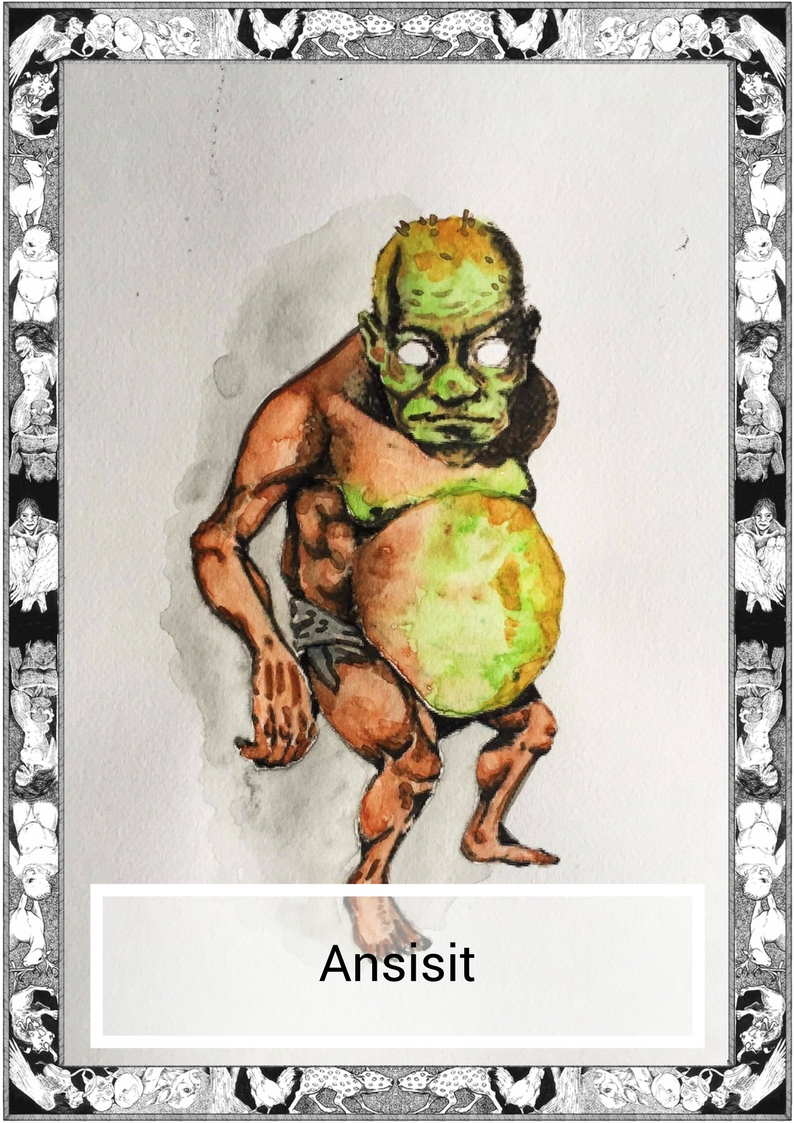
*Note this story is in Cebuano
“Kayu-kayu, madayu kayu.”
“Karon awata ko.”
“Kayu-kayu, madayukayu.”
“Maayo. Karon timan-i, kinahanglan nato ning ipulong inig mulabay ta diring lugara.”
“Dili gihapon ta pwede manilhig diari ‘di ba, Ma?”
“Insakto, maayo kay imong nahinumduman. Pagka-utukan gayud ining akong anak!”
“Pero ngano tuod kinahanglan nato musunod ani nga mga balaod, Ma? Abi ba nako’g atoa na ning balay?”
“Tinuod atoa, ato ning lugar kauban sa atoang mga butang, pero ang ginatukuran sa atoang balay?”
“….ang yuta?”
“Maayo! Ang yuta ug ang uban pang luna diari sa kalibutan, dili kani atoa.”
“Apan abi nako’g atoa ning yuta?Dili ba atoa ning darohan? Ug dili ba diari ko tig-duwaan?”
“O, o, atoang gipalit ning yutaa, ug naa kitay mga papel aron magmatuod niini, apan kini mahimong komplikado. Kita ka kining yutaa naa nay laing nanag-iya… mga lalang na anaa na diari bag-o ta muabot, bag-o pa tukuran ug lungsod ning lugara.”
“Dili ba puwedeng paliton na lang nato ning yuta aning mga tawhana?”
“Naay mga butang na dili nato mapalit sa sapi. Kaning dapita ila na kaning puluy-anan ug kanunay na ilaa, bisag mulabay pa ang dugay nga panahon, mga panahong wala nako ug wala na pud ka. Kinahanglan ta nga makakat-on ug pamuyo kauban nila.”
“Unsaon man ‘pag dili ko ganahan? Mura man sila’g daotan. Kung dili ta muingon aning mga hunghong ug magpadayon ra ta’g hinlo, magdaot ta. Naunsa na pagka-angay?”
“Naunsa pagka-angay na kinahanglan nilang ibahin ilang panimalay kanato?”
“…”
“Dili kini ideyal nga kabutang sa ilaha man o sa atoa, apan kinahanglan ta makatuon ug mahimong mamaayohon sa inig-usa. Kon magbinuotan kita nila, magbinuotan usab sila sa atoa. Karon unsa gani ang atong isulti?”
“Kayu-kayu, madayukayu.”
“Kana but-an nga bata.”
————————–
English Version
“Kayu-kayu, madayu kayu.”
“Now say it with me.”
“Kayu-kayu, madayu kayu.”
“Good. Now remember, we always have to say that whenever we pass this place.”
“We also can’t sweep here right mama?”
“Yes, it’s good you remembered. I have such a smart boy!”
“But why do we have to follow these rules mama? I thought this was our house?”
“It is, it’s our place with all our things, but what is the house on?”
“….the ground?”
“Good job! Now the ground and all the earth, doesn’t belong to us.”
“But I thought this was our land? Isn’t this our farm? And isn’t this where I play?”
“Yes, yes, we bought this land, and we have all the papers to prove it, but then it gets complicated. See the land belonged to some other… people, long before we came here, before any humans started a town in this area.”
“But can’t we just buy it from those people?”
“There are just some things you can’t buy with money. This place is their home and always will be, long after you and I are gone. We have to learn to live with them.”
“What if I don’t want to? They seem mean. If we don’t say these things and if we just clean around our house we get sick. How is that fair?”
“How is it fair that they have to share their home with us?”
“…”
“It isn’t an ideal situation for either of us, but we have to learn to be kind to one another. If we are kind to them, they will be kind to us. Now what do we say?”
“Kayu-kayu, madayu kayu.”
“Good boy.”
————————–
*Kayu-kayu, madayu kayu is Ilokano for “You there please go away.” (Kayo-kayo, malayo kayo)
*The Cebuano language, alternatively called Cebuan and also often colloquially albeit informally referred to by most of its speakers simply as Bisaya (“Visayan”, not to be confused with other Visayan languages nor Brunei Bisaya language), is an Austronesian regional language spoken in the Philippines by about 21 million people, mostly in Central Visayas, western parts of Eastern Visayas and most parts of Mindanao, most of whom belong to various Visayan ethnolingusitic groups, mainly the Cebuanos. It is the by far the most widely spoken of the Visayan languages, which are in turn part of wider the Philippine languages. The reference to the language as Bisaya is not encouraged anymore by linguists due to the many languages within the Visayan language group that may be confused with the term. The Komisyon ng Wikang Filipino, the official regulating body of Philippine languages, spells the name of the language as Sebwano.
Written by Karl Gaverza
CebuanoTranslation by Akiko Jane Cortel
Copyright © Karl Gaverza
Translation Copyright © Akiko Jane Cortel
Story inspired by Ansisit description in 101 Kagila-gilalas na Nilalang. Samar. 2015.
Ansisit Illustration by Leandro Geniston from Aklat ng mga Anito
FB: That Guy With A Pen
Watercolor by Nicole Chiu
FB: Wildling Child
IG: https://www.instagram.com/
